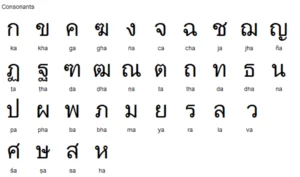The Top 10 Hardest Languages You Can Learn

Language learning is an exciting and rewarding journey, but it can also be a challenging endeavor. Some languages, due to their unique grammar, complex writing systems, or unfamiliar sounds, are considered more difficult to learn than others. In this blog, we will explore the top 10 hardest languages you can learn and shed light on the unique aspects that make them such formidable linguistic challenges.
Mandarin Chinese:
With its tonal nature, complex writing system, and vast vocabulary, Mandarin Chinese tops the list of challenging languages. Mastering the four tones and acquiring thousands of characters can be an arduous task for non-native learners.
Arabic:
Arabic, a Semitic language, poses difficulties in its intricate grammar, diverse dialects, and non-Latin script. The verb conjugation, noun declensions, and pronunciation of guttural sounds make it a challenging language to master.
Japanese:
Japanese is notorious for its three writing systems: Kanji, Hiragana, and Katakana. Additionally, the complex honorifics, intricate grammar, and cultural nuances make it a formidable language to learn.
Korean:
Korean’s unique grammar structure, honorifics, and intricate honorific verb endings called “speech levels” make it a challenging language to grasp. Moreover, the writing system, Hangul, may seem simple at first, but the pronunciation intricacies can be daunting.

Hungarian:
Known for its complex grammar and extensive case system, Hungarian poses challenges for learners. The agglutinative nature of the language, where words can be extended through numerous suffixes, requires careful attention to detail.
Finnish:
Finnish, a Uralic language, stands out with its complex grammar, vowel harmony, and extensive use of cases. The concept of conjugation and extensive declension patterns can be overwhelming for learners.
Russian:
Russian’s complex grammar, including cases, verb aspect, and gender agreement, can pose significant challenges. Additionally, the Cyrillic alphabet may require learners to familiarize themselves with a new writing system.
Thai:
Thai’s unique script, tonal pronunciation, and unfamiliar linguistic features make it a difficult language for non-native speakers. The tonal aspect, with five different tones, adds an extra layer of complexity.

Navajo:
Navajo, a Native American language, is known for its intricate verb morphology and complex grammatical structures. The language incorporates various tones, glottal stops, and intricate sentence constructions.
Icelandic:
Icelandic, with its complex grammar, archaic vocabulary, and challenging pronunciation, presents difficulties for learners. The language’s conservative nature has preserved grammatical features from Old Norse, making it a unique and challenging language to tackle.














